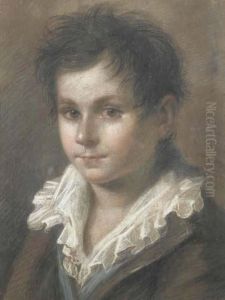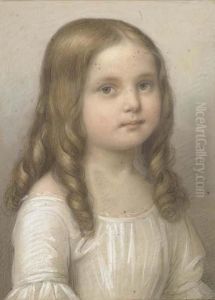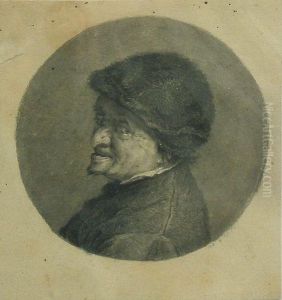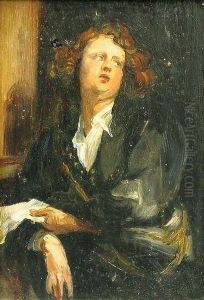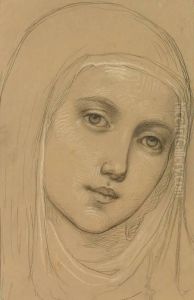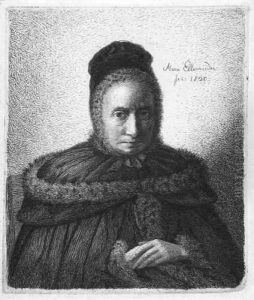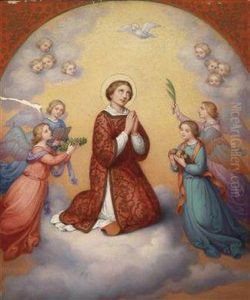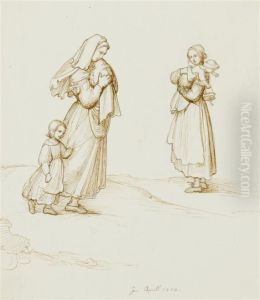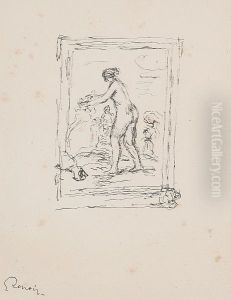Maria Ellenrieder Paintings
Maria Ellenrieder was a German painter, recognized as the first woman to become a professional artist in Germany. Born on March 20, 1791, in Constance, which was then part of the Holy Roman Empire, Ellenrieder demonstrated an early talent for art. Her abilities were nurtured in an environment that was relatively supportive of women's education in the arts during that period. She initially received private lessons in painting, and her talent was evident enough to earn her admission to the Academy of Fine Arts in Munich, a rare achievement for a woman at the time.
Ellenrieder's artistic career was distinguished by her focus on portraits and religious themes. Her work was deeply influenced by the Nazarene movement, a German Romantic art trend that aimed to revive honesty and spirituality in Christian art. This influence is evident in the devotional atmosphere and meticulous detail of her religious paintings.
Despite the challenges faced by women in the art world during the 19th century, Ellenrieder achieved considerable success. She was appointed court painter to the Grand Duke of Baden, becoming one of the first women to hold such a position in Germany. This role allowed her to receive commissions from the highest levels of society, securing her financial independence and professional recognition.
Throughout her life, Maria Ellenrieder traveled extensively in Italy, further refining her technique and drawing inspiration from the Renaissance masters. Her works were exhibited in various prestigious exhibitions, including those in Munich, Berlin, and Paris, helping her gain international recognition.
Maria Ellenrieder passed away on June 5, 1863, in her hometown of Constance. Today, she is remembered not only for her contributions to German Romanticism but also for breaking gender barriers in the art world. Her legacy endures through her paintings, which continue to be admired for their emotional depth and technical precision.

